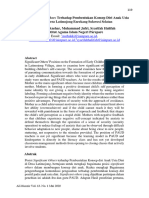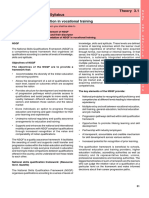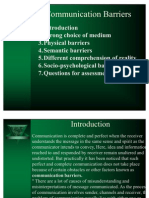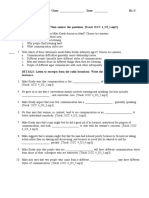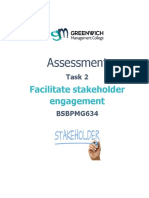0% found this document useful (0 votes)
38 views2 pagesPrompt Engineering
Prompt engineering involves crafting effective prompts to guide AI models, particularly large language models, for desired outputs. Key techniques include clarity in prompt design, few-shot learning, and iterative refinement, which enhance model performance and unlock creativity. Its applications span content creation, code generation, translation, and more, making it an essential skill as AI continues to evolve.
Uploaded by
Hasan JamalCopyright
© © All Rights Reserved
We take content rights seriously. If you suspect this is your content, claim it here.
Available Formats
Download as PDF, TXT or read online on Scribd
0% found this document useful (0 votes)
38 views2 pagesPrompt Engineering
Prompt engineering involves crafting effective prompts to guide AI models, particularly large language models, for desired outputs. Key techniques include clarity in prompt design, few-shot learning, and iterative refinement, which enhance model performance and unlock creativity. Its applications span content creation, code generation, translation, and more, making it an essential skill as AI continues to evolve.
Uploaded by
Hasan JamalCopyright
© © All Rights Reserved
We take content rights seriously. If you suspect this is your content, claim it here.
Available Formats
Download as PDF, TXT or read online on Scribd
/ 2































































